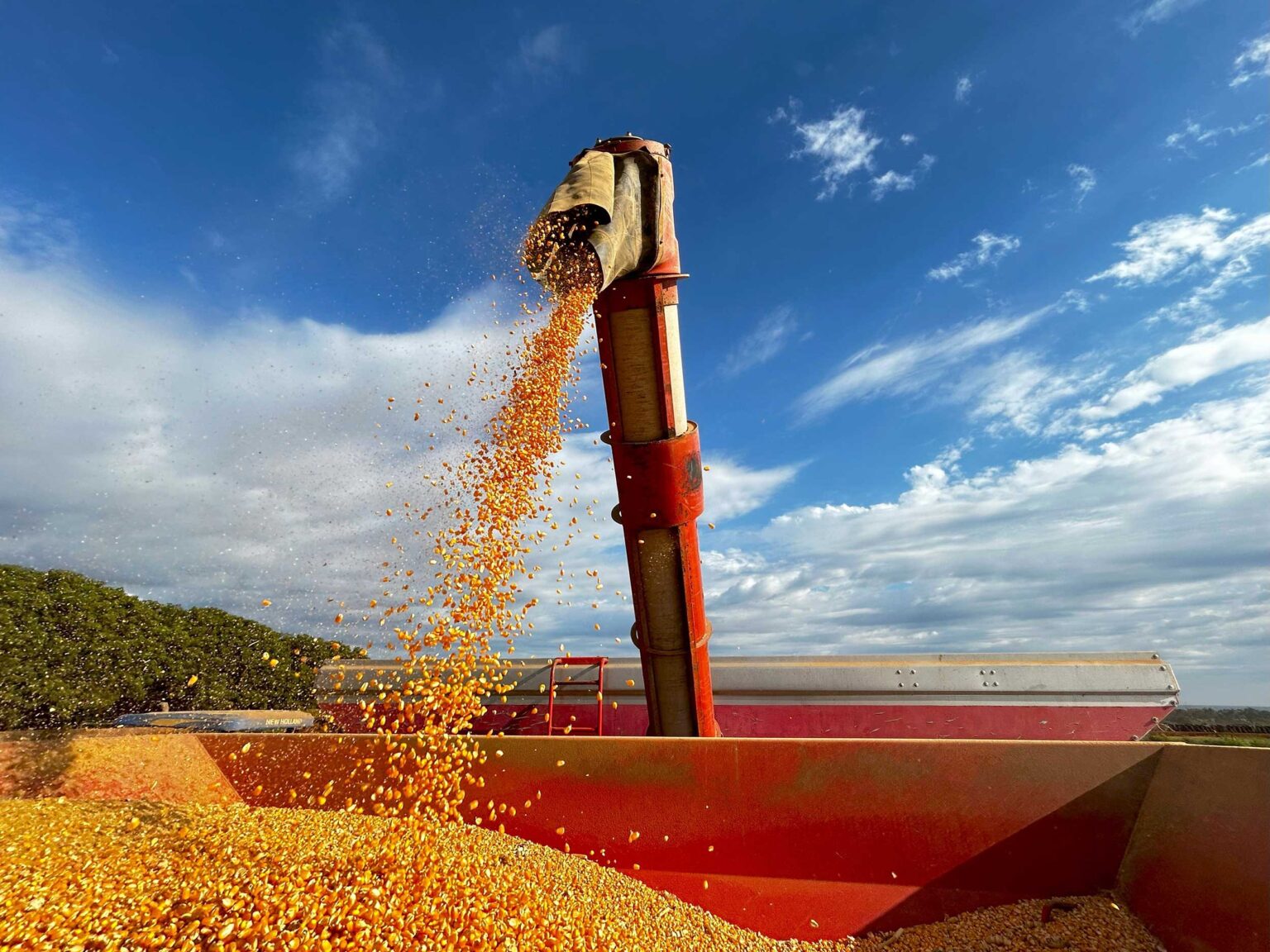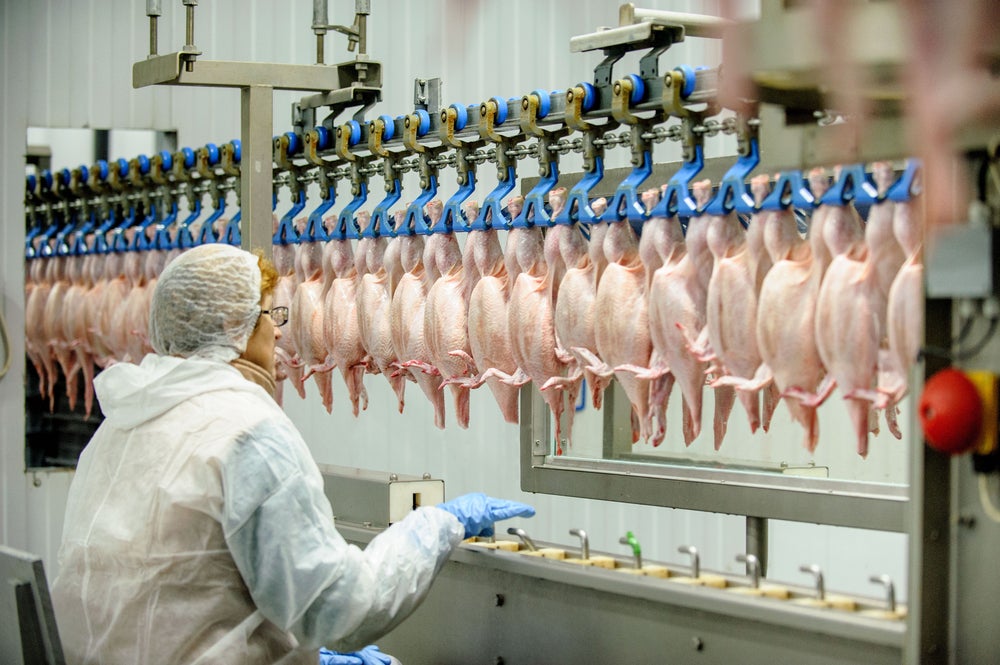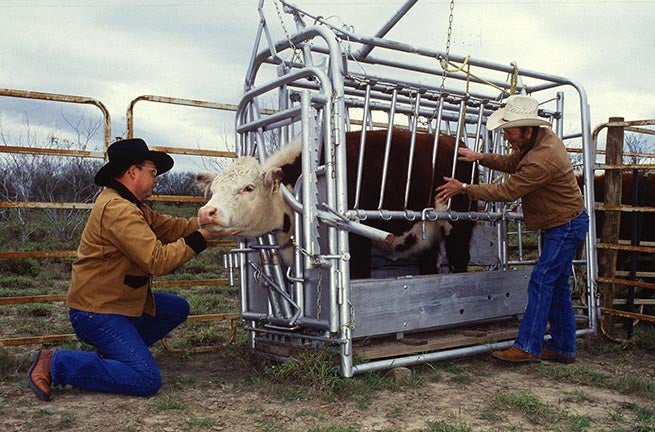Subscribe to Updates
Get the latest agriculture news and updates directly to your inbox.
Author: staff
By McKenna Horsley Kentucky State University officials are seeking a “carve-out bill” in the next legislative session to launch two agriculture PhD programs. The request from the university comes on the heels of the General Assembly passing a law earlier this year to allow public universities to offer more professional and advanced degree programs. That legislation, which had bipartisan support, allows public universities to seek approval to start professional programs such as medicine or architecture and to offer doctor of philosophy degrees. KSU is asking to begin offering PhD programs in agroecology and sustainability and aquaculture/aquatic science under the university’s land grant…
PARIS/CANBERRA, Oct. 15 (Reuters) – Chicago wheat, corn and soybean futures edged down on Wednesday, pressured by ample global supply and concerns about escalation in a U.S.-China trade battle that has hurt U.S. soy exports. Prices earlier bounced from lows on Tuesday — when wheat hit its weakest level in five years, corn set a near seven-week low and soybeans a two-week low — before dropping. Comments by U.S. President Donald Trump, who on Tuesday called a Chinese boycott of U.S. soybeans “an economically hostile act” that could lead him to terminate some trade ties with China, kept the focus…
As harvest data flows in and growers begin planning next season’s seed lineup, LG Seeds Agronomist Grant Odle encourages them to think big picture. “Use all the data you can get: what you’re seeing in your fields as well as in test plots and trial data that’s available through your agronomist,” he said. “An expanded dataset can help growers fully grasp what products are able to perform in an environment that changes each year.” He warns against getting hung up on any single performance, especially when looking at a narrow dataset, such as an individual plot. “Consistency and reliability —…
Polaris Off Road announced additional updates to its 2026 lineup, including a redesigned RZR XP, a new 72-inch-wide RZR XP S, a larger touchscreen for the RZR Pro R, and two special editions for the RANGER XD 1500 NorthStar series. The company is also marking 10 years of selling Polaris vehicles in Mexico with a limited-run RZR PRO S Calavera Edition. The company frames the changes as rider-driven refinements that span recreational performance and utility use cases. “The industry is more competitive than ever, and consumers look to Polaris to lead with performance, capability, and style,” said Reid Wilson, President…
December corn ended the day up 3¾¢ at $4.16¾ per bushel. November soybeans closed unchanged at $10.06½ per bushel. December CBOT wheat closed down 1½¢ at $4.98¾ per bushel. December KC wheat was down less than a penny at $4.88¼ per bushel. December Minneapolis wheat was down 2½¢ at $5.51. “The National Oilseed Processor Association soybean crush for September was released today and came in above trade expectations,” said Karl Setzer, partner at Consus Ag Consulting. “September’s soybean crush totaled 197.86 million bushels, the fourth highest monthly total on record. This was a 4.2% increase from August and 11.6% higher…
DAILY Bites Agri Stats agrees to strip competitor plant-level pay fields from 48 broiler reports (and any future turkey reports), while admitting no wrongdoing. $398.05M already paid: Earlier processor settlements (Tyson, Perdue, Sanderson, Pilgrim’s, Cargill, etc.) got final approval June 5, 2025; this agreement closes out the last active defendant. If finalized, plants won’t see granular rival wage data, a step aimed at reducing pressure to shadow competitors’ hourly rates. DAILY Discussion Agri Stats, the benchmarking firm whose reports are widely used across meat and poultry, has struck a conduct-only settlement with workers in a long-running lawsuit over alleged wage…
Overall U.S. sales for tractors increased by 4.1% in September 2025 compared to September 2024 — the first sign of growth in 2025, according to numbers from the Association of Equipment Manufacturers (AEM). Canadian sales for farm tractor sales increased by 7.2% in September 2025 compared to last year, while combine sales grew 42%. “After challenging months of continued sales declines in the U.S. market, this modest increase is certainly encouraging,” said Curt Blades, senior vice president of AEM. “Although there is some uncertainty and volatility in the marketplace, we are optimistic this positive trend will continue, particularly as the…
The Kansas Department of Health and Environment and the Kansas Department of Agriculture have alerted the public to the first known occurrence of the Asian longhorned tick, Haemaphysalis longicornis, in Kansas. KDHE identified the species after it was found on a dog in Franklin County last week. The Asian longhorned tick is an exotic, invasive tick species that was first identified in the United States in New Jersey in 2017. Since then, it has spread westward across the U.S. and, according to the U.S. Department of Agriculture, has now been documented in 21 states, with Kansas being the most recent.…
Canadian CPA-turned-farmer Kristjan Hebert explains why scale matters for farm succession, how his business system helps manage growth, and the surprising ROI of technology and logistics. He shares practical tips every farmer can start using today. 15 Minutes With Kristjan Hebert Subscribe to 15 Minutes With a Farmer on Apple Podcasts, Spotify, or wherever you listen to podcasts. Please rate and review us! Meet Kristjan Hebert Hebert grew up on his family’s small farm in southeast Saskatchewan, earned an accounting degree from the University of Saskatchewan in 2004, then completed his CPA certification. While working as a CPA, Hebert realized…
Thaddeus “Thad” Bergschneider doesn’t tell tidy leadership stories. He tells real ones, the kind with lanyard slings, botched Spanish, and a steak someone else cut for him at a business dinner. His 2024-25 year as National FFA president was full of the spotlight moments most people expect; it was also full of the very human ones that make the highlight reel matter. “I still can’t believe it’s already here,” the Illinois native said as the 98th National FFA Convention & Expo approaches Oct. 29 to Nov. 1. If you want the thesis of his year in one line, it’s this:…







:max_bytes(150000):strip_icc()/IMG_0918-2-e1752102703655-493eca9452ac4ac789be3edc2c850df9.jpg)
:max_bytes(150000):strip_icc()/Markets-4-Soybeans-candlestick-down-4-786cb6e0f23c405397fa0cb3f2c10ffc.jpeg)


:max_bytes(150000):strip_icc()/Markets-1-Corn-field-dramatic-up-14-8b6b074fe6c744dbbdbc3fb4fe44a509.jpeg)

:max_bytes(150000):strip_icc()/JD20tractor20close20up2025961039096_d8ca477db1_c-18f11da157f44138b43c96e368571391.jpg)

:max_bytes(150000):strip_icc()/KristjanHebert-d024136ec25b482eb920d5ae13362c38.jpg)
